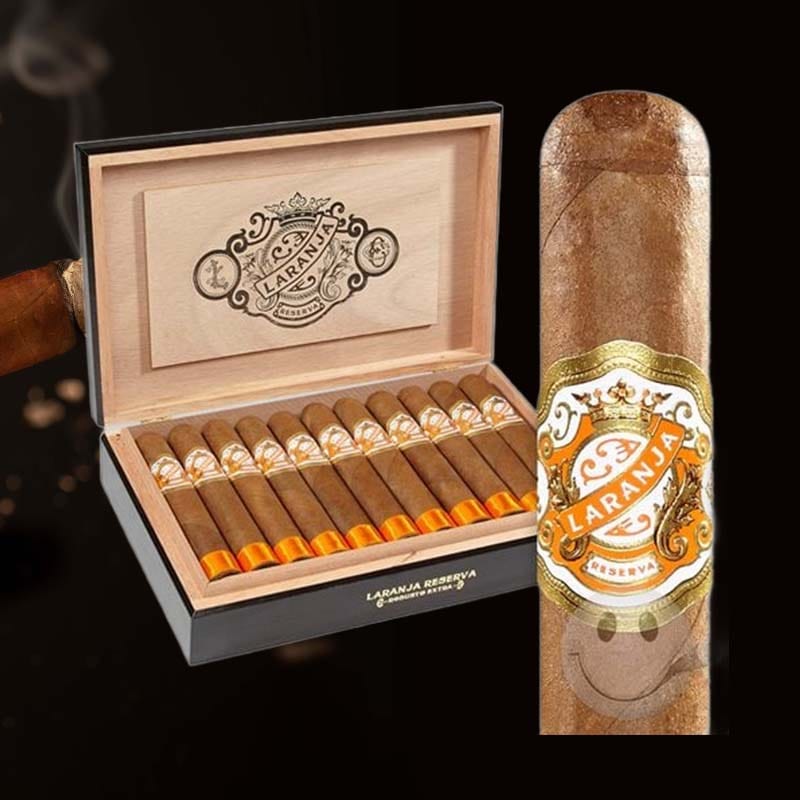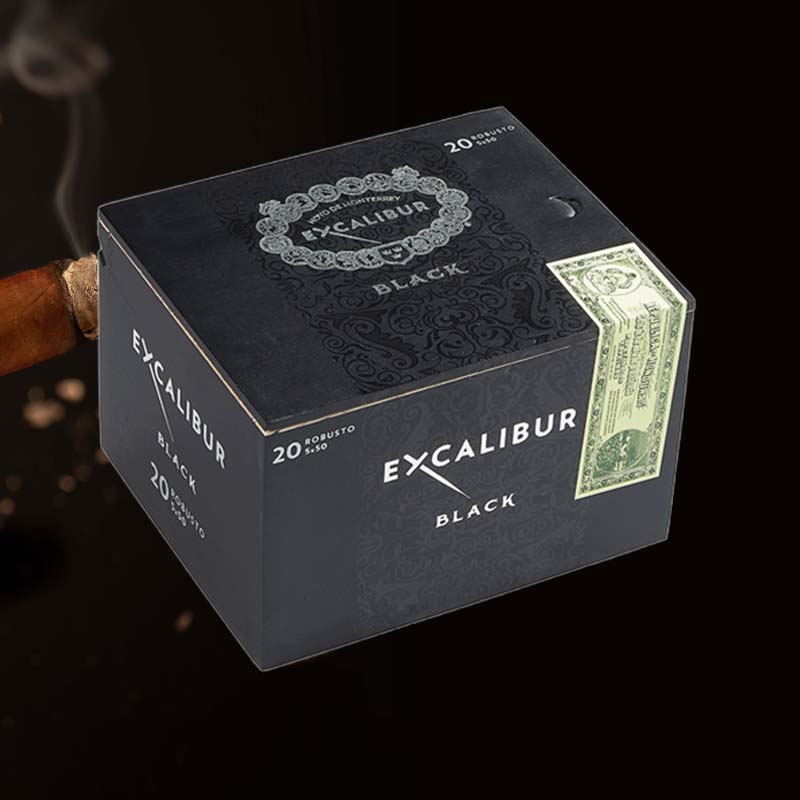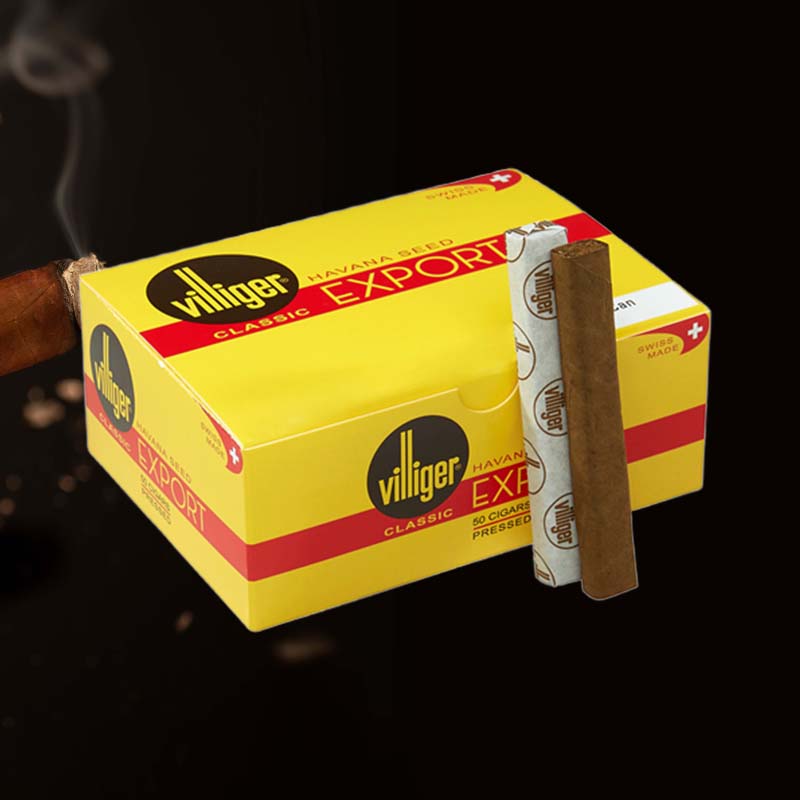How to refill jetline torch lighter
I still remember the first time I lit up a cigar with my Jetline torch lighter. The thrill and excitement of that moment were matched only by the warmth of that rich smoke. But as anyone who enjoys cigars knows, that excitement can be tempered when your trusted lighter runs out of fuel. So, let me guide you on how to refill your Jetline torch lighter and keep those memorable moments alive.
Preparation for Refilling Your Lighter
Gather Necessary Tools and Materials
- Butane fuel: Make sure it’s high-quality butane to avoid clogging the lighter.
- Flat-head screwdriver: Useful for adjusting the flame height.
- Paper towel or cloth: For any spills and ensuring cleanliness.
Understanding Your Jetline Torch Lighter
How to Identify If Your Lighter is Refillable
To ensure your Jetline torch lighter is refillable, look for a refillable valve at the bottom of the lighter. A removable cap or a screw may indicate that it’s designed for refilling. If you spot any indications, you’re in for a treat; most Jetline models are built for this exact purpose!
Safe Refilling Procedure
Step-by-Step Instructions for Refilling
- Bleed the lighter: Release any remaining gas before refilling.
- Position the lighter: Turn it upside down to fill.
- Insert the butane nozzle: Line up the nozzle with the refill valve.
- Push down firmly: Listen for the hissing sound indicating it’s filling.
- Wait: Let it settle for a minute before using.
How to Bleed Your Jetline Torch Lighter
Why Bleeding is Important Before Refilling
Bleeding your lighter is crucial as it removes any leftover gas, which ensures a fuller refill. This step prevents the lighter from clogging or malfunctioning, giving you a smoother, uninterrupted experience when lighting those fine cigars.
Choosing the Right Butane Fuel
Why Quality Butane Matters
I can tell you from experience that using anything less than quality butane greatly impacts performance. Premium butane burns cleaner, reducing residue buildup in your lighter. This ensures that each flame is as flawless as the last, enhancing your overall smoking experience.
Common Issues During Refilling
Troubleshooting Common Problems
- If it’s not filling: Ensure you’re pressing down on the nozzle and that it’s positioned correctly.
- Flame doesn’t ignite: Check for air trapped in the lighter by bleeding it and retrying.
- Adjust flame height: Use the flat-head screwdriver for fine-tuning the flame level.
Post-Refilling Care for Your Lighter
Maintaining Optimal Performance
After refilling, it’s essential to treat your lighter with care. Store it in a cool, dry place away from direct sunlight to ensure it continues to perform at its best. Regular cleaning will prevent residual build-up and prolong the lighter’s life.
How to Prevent Air from Entering the Lighter
Tips to Minimize Air Infiltration
- Always bleed before refilling: This minimizes trapped air.
- Refill quickly: Avoid leaving the valve open for too long.
- Use quality seals: Check your lighter for any damage or wear.
Cleaning Your Jetline Torch Lighter
Steps for Proper Maintenance and Care
- Remove residue: Use a soft cloth and clean any exterior mess.
- Check the nozzle: Use compressed air to clear any blockage.
- Store properly: When not in use, keep it in a protective case.
Testing Your Lighter After Refilling
How to Ensure a Successful Refill
Once you’ve refilled your Jetline lighter, it’s time for a quick test. Simply ignite the flame carefully—listen for the satisfying whoosh and watch for that steady blue flame. If all is well, you’re ready to light up your favorite cigar with confidence!
Frequently Asked Questions
Common Queries Regarding Refilling Lighters
When it comes to common queries like “How do you refill a JetLine torch lighter?”, it’s pretty straightforward; just follow the steps above. Yes, JetLine lighters are refillable. For those asking, “How do you refill torch lighter fluid?”—it’s simply following the refilling procedure. And filling a jet lighter with butane is about aligning the nozzle correctly while applying a little pressure.












